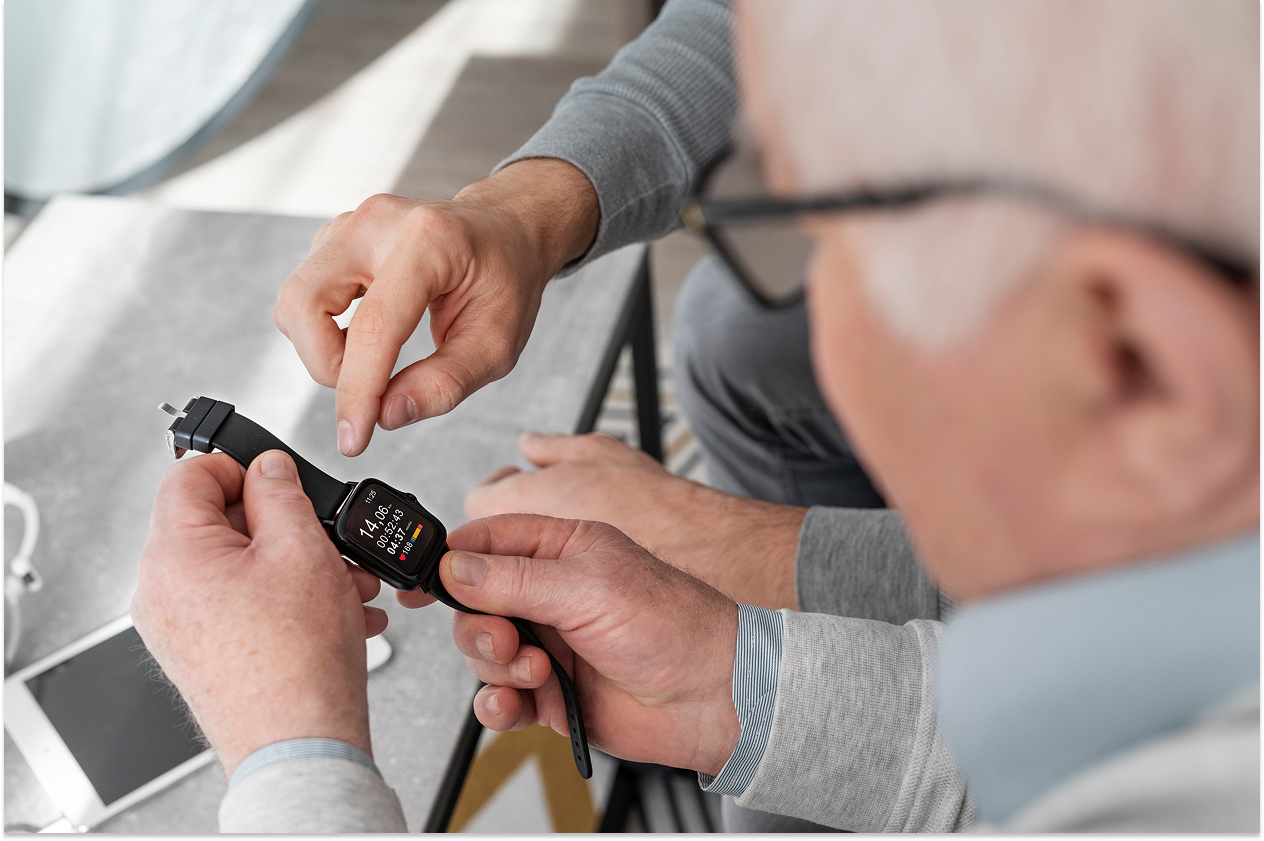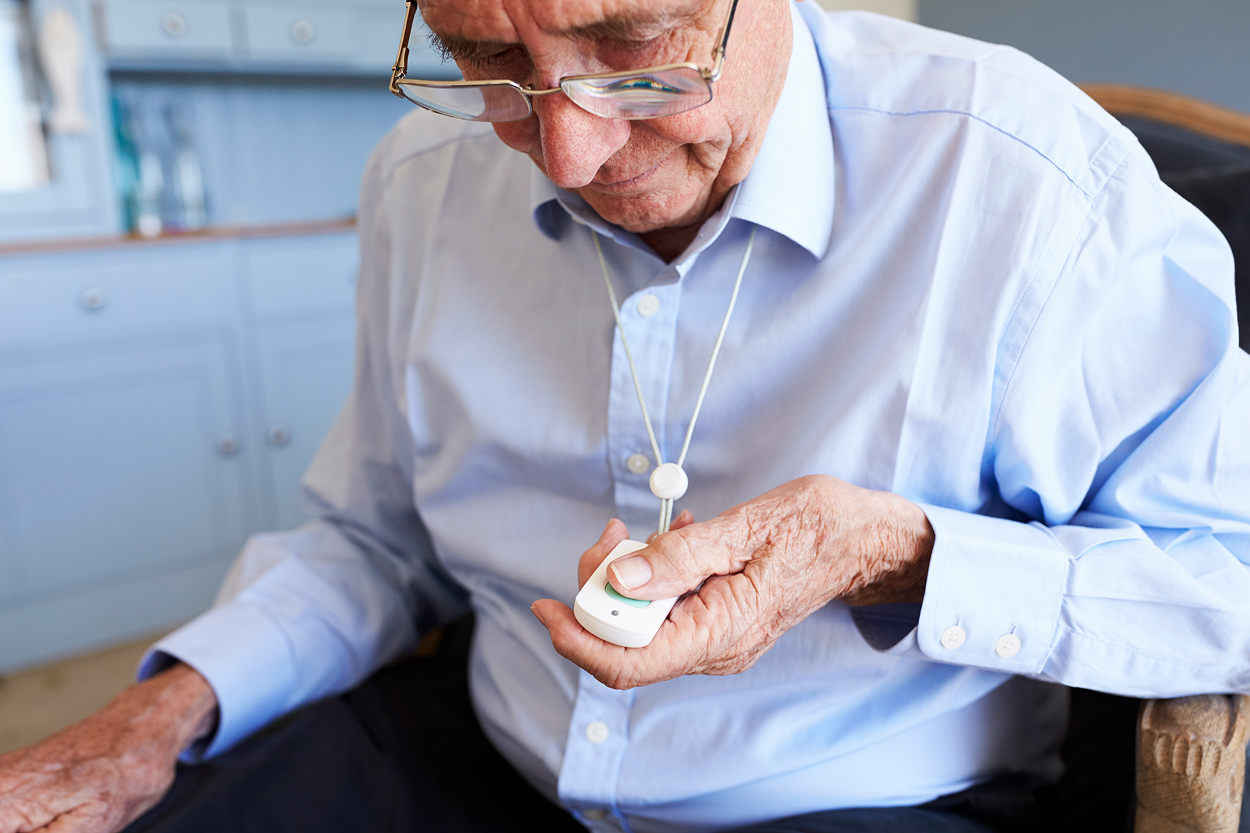Designing Medical Devices for the Elderly: UX and Embedded Hardware Challenges

With aging populations across Europe, North America, and Asia, the demand for reliable, user-friendly medical devices tailored to elderly users is rising sharply. These devices range from wearable health trackers and home monitoring systems to connected diagnostic tools and telemedicine terminals.
But designing for older adults is not just about miniaturizing electronics or adding more sensors. It requires a deep understanding of UX accessibility, embedded hardware constraints, and regulatory demands specific to this demographic.
In this article, we explore the critical engineering and design principles that drive successful medical device development for the elderly—and how Promwad applies them in real-world projects.
Why the elderly user group is different
Older adults are not typical users. They often face challenges such as:
- Reduced visual acuity and contrast sensitivity
- Limited manual dexterity and slower reaction times
- Hearing impairments
- Cognitive decline (e.g., memory, attention)
- Skepticism or discomfort with modern technology
Designers must create interfaces and hardware that are intuitive, trustworthy, and forgiving—while still meeting technical, clinical, and manufacturing requirements.
UX challenges: accessibility meets simplicity
Designing the UI/UX of medical devices for the elderly requires careful adaptation:
- Clear visual hierarchy
Use large fonts (at least 16–18 pt) and high contrast between foreground and background.
Prefer text labels over icons alone. - Touchscreen and HMI optimization
Buttons should be large and spaced for unsteady hands.
Avoid multi-finger gestures or swipe interactions.
Response delays (e.g., from BLE or cloud) must be communicated to prevent repeated inputs. - Audio and haptic feedback
Use clear, low-frequency tones for alerts.
Supplement sound with vibration motors or LED indicators for redundancy. - Minimal navigation depth
UI flows should avoid deep menus or multi-step procedures.
Use confirmation dialogs to prevent accidental actions. - Localization and personalization
Include multi-language support and adjustable font sizes.
Save user preferences between sessions.
Embedded hardware considerations
The electronics inside elderly-focused devices must align with both usability and healthcare-grade reliability.
Key areas:
- Battery life and power efficiency: Devices must run for days or weeks between charges. Engineers must optimize firmware and hardware with ultra-low power modes, BLE 5.0, or event-driven architectures.
- Sensor accuracy and calibration: Heart rate, oxygen saturation, temperature, ECG—all must meet medical accuracy thresholds, even during irregular use.
- Connectivity: Devices must support secure connections via Wi-Fi, BLE, or LTE. For home-based use, automatic pairing or QR-based onboarding is essential.
- Rugged design and ingress protection: Devices must survive drops, moisture, and long-term handling. Compliance with IP65 or higher is common for wearables.
- Fail-safe firmware: All errors must be logged and managed through watchdogs, OTA updates, and fallback mechanisms.

Data privacy and regulatory compliance
Developers must consider both regional and international regulations:
- GDPR in the EU for data handling
- HIPAA in the US for patient confidentiality
- ISO 13485 for quality management in medical device development
- IEC 62304 for software lifecycle processes
- IEC 60601-1 for electrical safety
Secure storage, end-to-end encryption, and clear consent flows are critical—not just for compliance, but for user trust.
Device types and use cases
Promwad has helped clients develop medical electronics in categories such as:
- Wearable ECG monitors
- Home diagnostic kits with connected displays
- Fall detection systems with AI and motion sensors
- Voice-assisted medication reminders
- Portable glucose meters
- Remote vital sign hubs for elderly care centers
These devices often involve edge processing, secure wireless communication, and cloud-based dashboards for caregivers or doctors.
How Promwad supports medical device development for the elderly
We provide full-cycle design and engineering services, including:
- Hardware design for low-power and medically certified components
- UX/UI prototyping for elderly-focused interfaces
- HMI development: touch, LED, audio, vibration feedback
- Sensor integration and real-world calibration
- Secure firmware and OTA infrastructure
- Enclosure design with ergonomics and durability in mind
- Testing for usability, reliability, and compliance
Our team works with clients across Europe and the US to bring healthcare innovations to market, faster and safer.
Conclusion
Designing embedded medical devices for the elderly requires far more than just scaling down electronics. It demands cross-disciplinary thinking: intuitive UX, low-power yet accurate hardware, and strict regulatory alignment—all while addressing the real-world challenges older users face.
At Promwad, we help medical device companies create accessible, safe, and reliable solutions for aging populations. Contact us to discuss your next healthcare product.
Our Case Studies







